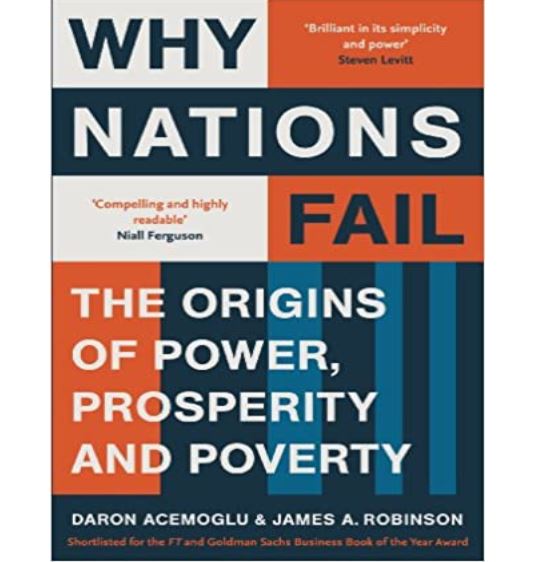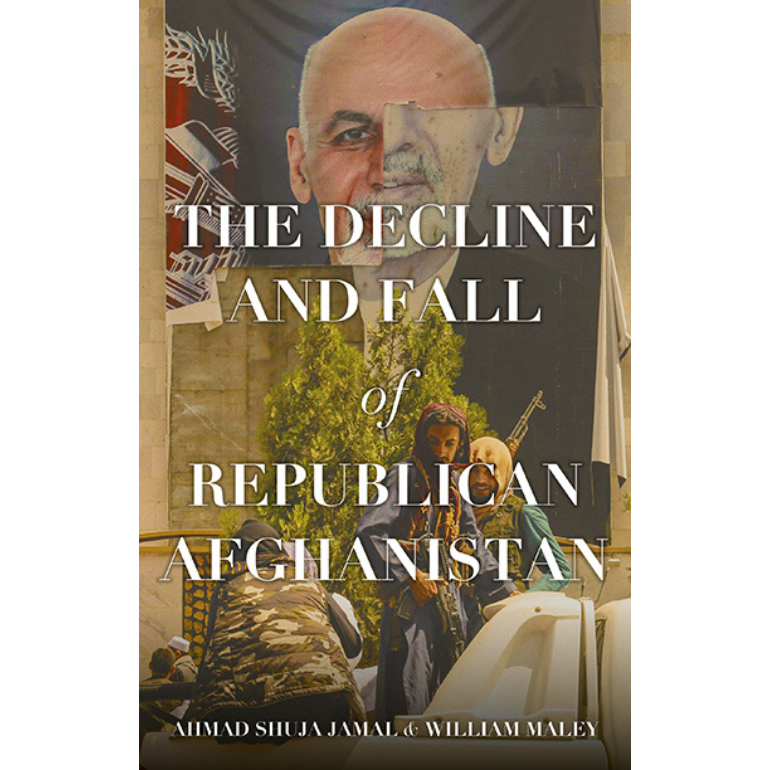-
×
 Purpose in Crisis
4 × ₦5,000.00
Purpose in Crisis
4 × ₦5,000.00 -
×
 The Confident Woman Devotional
1 × ₦16,000.00
The Confident Woman Devotional
1 × ₦16,000.00 -
×
 Drive: The Surprising Truth About What Motivates Us
2 × ₦15,500.00
Drive: The Surprising Truth About What Motivates Us
2 × ₦15,500.00 -
×
 Bank of Deposits
1 × ₦2,000.00
Bank of Deposits
1 × ₦2,000.00 -
×
 Your Problem is That You're Multi-talented
2 × ₦5,000.00
Your Problem is That You're Multi-talented
2 × ₦5,000.00 -
×
 First Day at the Big School
1 × ₦3,000.00
First Day at the Big School
1 × ₦3,000.00 -
×
 Boom Boom
2 × ₦12,000.00
Boom Boom
2 × ₦12,000.00 -
×
 The King, The Saviour & The Comforter
1 × ₦600.00
The King, The Saviour & The Comforter
1 × ₦600.00 -
×
 Getting Mentorship Right
2 × ₦5,000.00
Getting Mentorship Right
2 × ₦5,000.00 -
×
 Nudge: Improving Decisions About Health, Wealth, and Happiness
1 × ₦16,500.00
Nudge: Improving Decisions About Health, Wealth, and Happiness
1 × ₦16,500.00 -
×
 Enemies And Neighbours: Arabs And Jews In Palestine And Israel, 1917-2017
1 × ₦25,500.00
Enemies And Neighbours: Arabs And Jews In Palestine And Israel, 1917-2017
1 × ₦25,500.00 -
×
 How Civil Wars Start: And How to Stop Them
1 × ₦17,000.00
How Civil Wars Start: And How to Stop Them
1 × ₦17,000.00 -
×
 Powered by Poverty
1 × ₦25,000.00
Powered by Poverty
1 × ₦25,000.00 -
×
 The partnership
1 × ₦28,000.00
The partnership
1 × ₦28,000.00 -
×
 Sea Prayer
1 × ₦17,000.00
Sea Prayer
1 × ₦17,000.00 -
×
 Wrecked
1 × ₦3,000.00
Wrecked
1 × ₦3,000.00 -
×
 Gay Girl, Good God: The Story of Who I Was, and Who God Has Always Been
1 × ₦30,000.00
Gay Girl, Good God: The Story of Who I Was, and Who God Has Always Been
1 × ₦30,000.00 -
×
 Born on a Tuesday
1 × ₦10,000.00
Born on a Tuesday
1 × ₦10,000.00 -
×
 Why Nations Fail: The Origins of Power, Prosperity, and Poverty
1 × ₦17,000.00
Why Nations Fail: The Origins of Power, Prosperity, and Poverty
1 × ₦17,000.00
The Taliban’s takeover of Afghanistan in 2021 was the result of declining active support for the government, and of waste and inefficiency in aid delivery. Yet, while corrosive, these problems were not in themselves sufficient to have brought about a collapse. To a significant degree, they were the result of early failings in institutional design, reflecting an American inclination to pursue short-term policy approaches that created perverse incentives—thus interfering with the long-term objective of stability.
This book exposes the true factors underpinning Kabul’s fall. The Afghan Republic came under relentless attack from Taliban insurgents who depended critically on Pakistani support. It also suffered a creeping invasion that put the government on the back foot as the US tried and failed to deal with Pakistan’s perfidy. The fatal blow came when bored US leaders naively cut an exit deal with the enemy, fatally compromising the operation of the Afghan army and air force and triggering the final collapse, with top leaders at odds over whether to make a final stand in Kabul.
The Afghan Republic did not simply decline and fall. It was betrayed.
| Author(s) | Ahmad Shuja Jamal, William Maley |
|---|---|
| Cover | Hardback, 304 pages |
| ISBN | 9781787388017 |
Be the first to review “The Decline and Fall of Republican Afghanistan” Cancel reply
Related products
₦14,000.00










Reviews
There are no reviews yet.